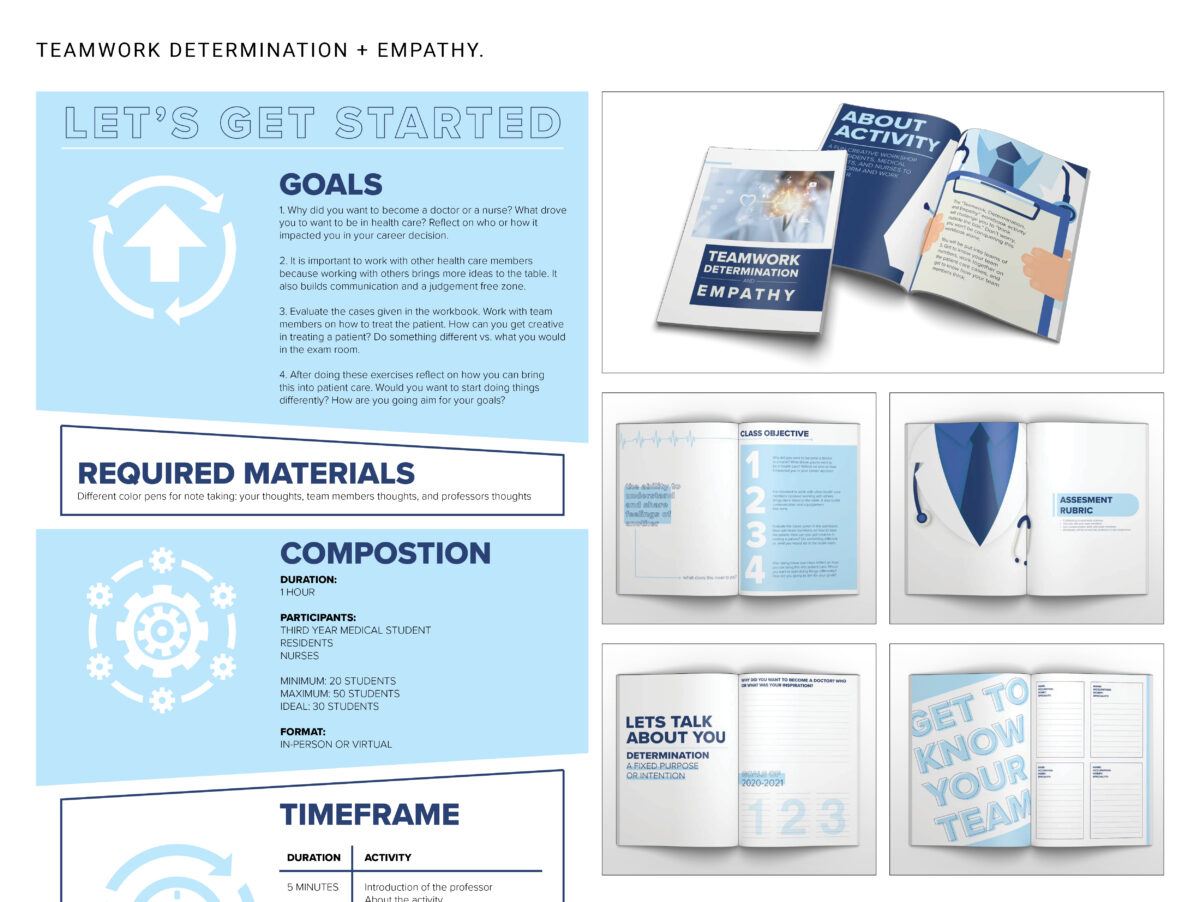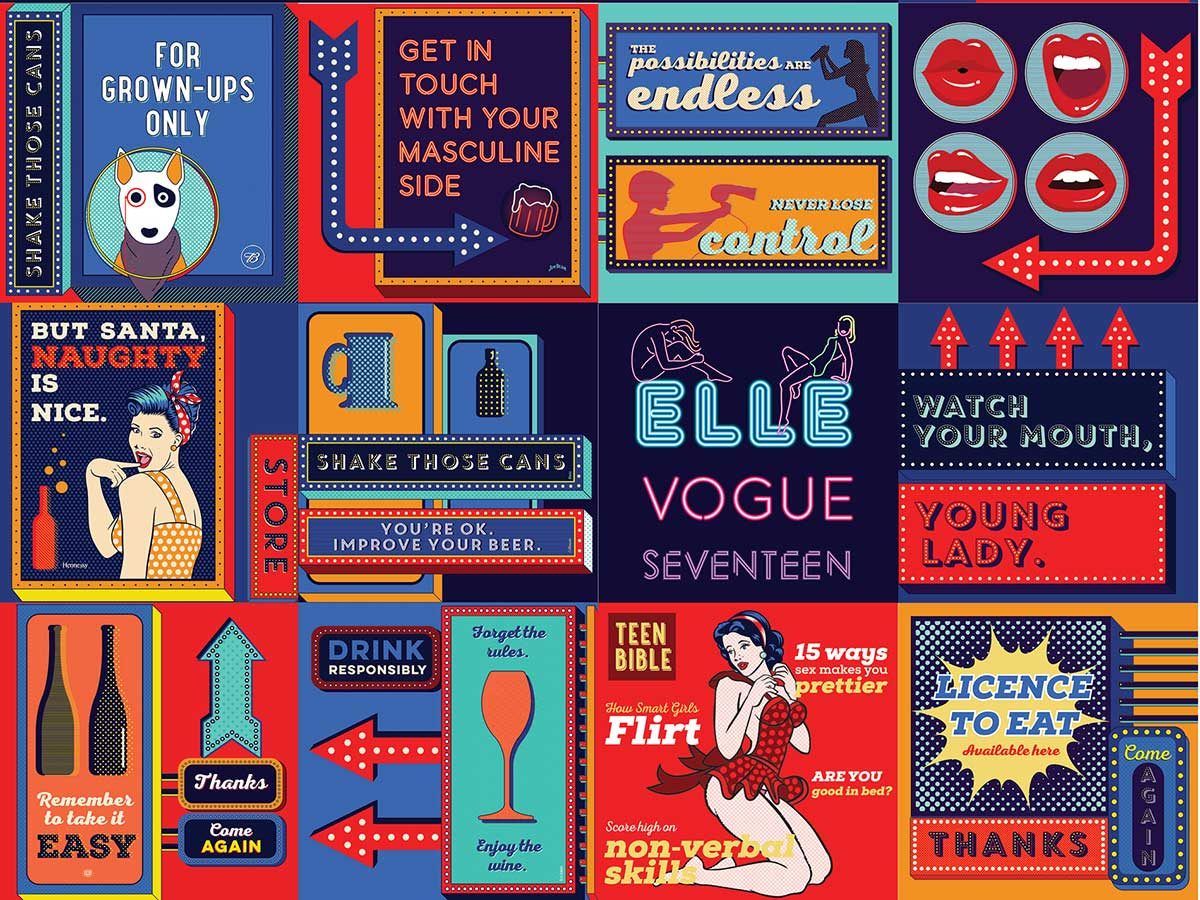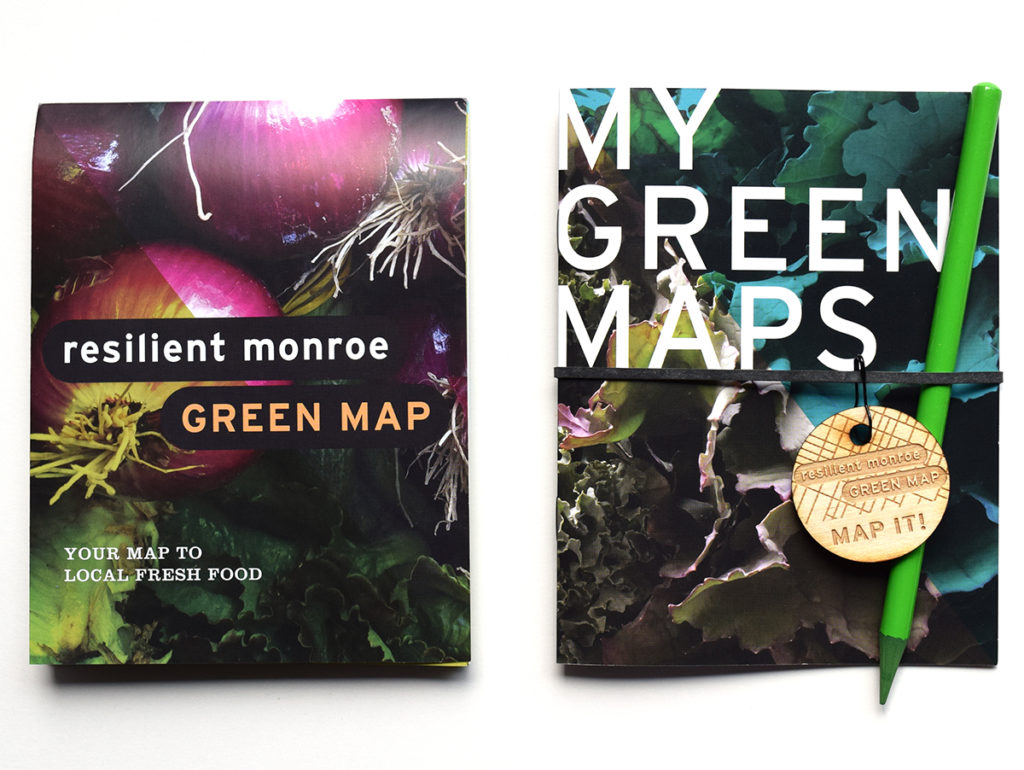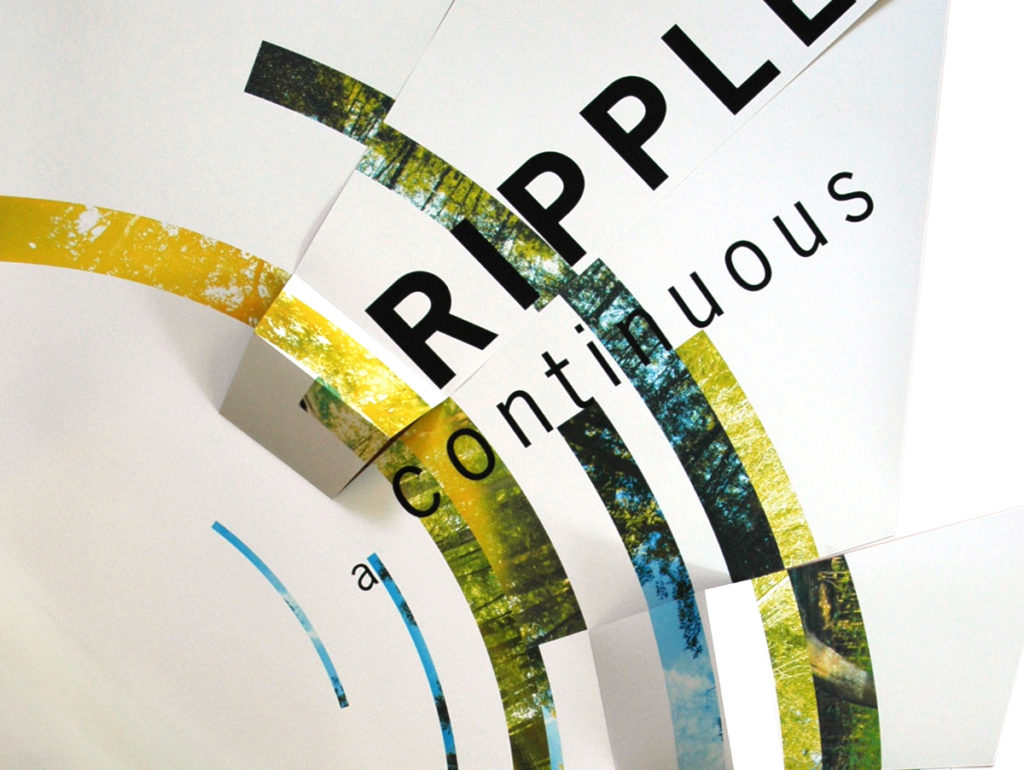Hannah Park
Assistant Professor
School of Architecture and Design
University of Kansas
Blake Lesselroth, School of Community Medicine, University of Oklahoma-Tulsa
Maria Jose Cardona Giraldo, School of Architecture and Design, University of Kansas
Denise Chiao, School of Architecture and Design, University of Kansas
Kaitlyn M Jerome, School of Architecture and Design, University of Kansas
Arturo Erasmo Pinilla Perez, School of Architecture and Design, University of Kansas
Shant Thomas, School of Architecture and Design, University of Kansas
Jane Jarshaw, School of Community Medicine, University of Oklahoma-Tulsa
Empathy is a crucial trait for medical learners working towards their medical education competencies in (1) Patient Care; (2) Communication; and (3) Systems-Based Practice. Although medical schools typically teach about empathy during the preclinical years, research has shown that empathy erodes during the clinical years as a function of stress, fatigue, and a “hidden curriculum” that can foster emotional compartmentalization. Responding with an evidence-based and patient-centered plan that addresses the social determinants of health, future medical curricula must teach learners how to co-create solutions with their patients that address the needs and concerns of society at large.

In Spring 2020, a group of designers, a physician, and a medical student from two public universities chartered an interdisciplinary collaboration, Design Thinking X Medical Education, to develop a series of interactive Design Thinking (DT) learning modules for medical learners. DT is a methodology for creative problem-finding and solving that emphasizes empathy and a people-centered approach. The team hypothesizes DT can empower clinicians’ empathy and systems thinking ability to support the ethnically and socioeconomically diverse patient populations.
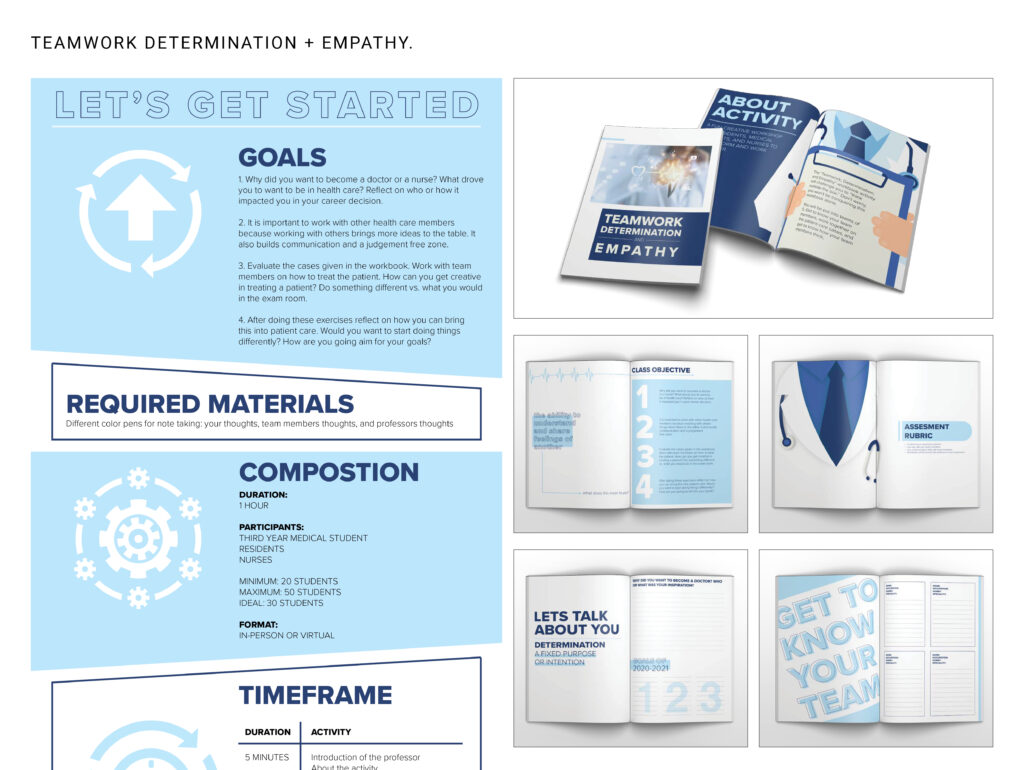
Through empathy-building intervention via DT, the project aims to enable the medical learners to (1) recognize their biases; (2) apply practicable skills to understand patients’ perspectives; and (3) use the feedback to deliver context-sensitive care. The final design deliverables of the project include teaching materials, evaluation forms, and instruction guides. By sharing the process and outcomes of the project, the presentation will showcase a range of DT strategies to prepare medical learners for supporting vulnerable populations. Furthermore, we will also discuss how DT education can attract non-design disciplines such as medicine.

This research was presented at the Design Incubation Colloquium 7.2: 109th CAA Annual Conference on Wednesday, February 10, 2021.
